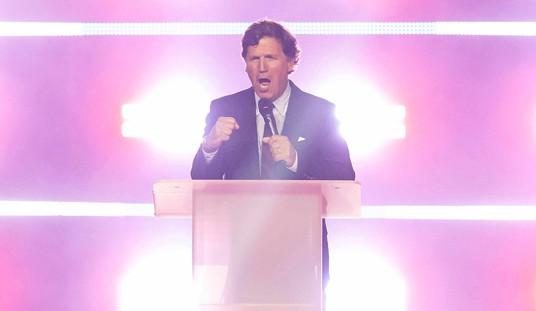Shot:
● “Urban Blacks in U.S. Have Little Confidence in Police.”
—Gallup Poll, today.
Chaser:
● “Philly Mayor: ‘You Have Some Police Officers Who are Increasingly Afraid of the Community.’”
—CBS, today.
“Riots bring but one certainty—enormous economic and social costs,” Fred Siegel wrote in August at City Journal, during the first round of the left’s collective Death Wish for the small town of Ferguson, Missouri:
Businesses flee, taking jobs and tax revenues with them. Home values decline for all races, but particularly for blacks. Insurance costs rise and civic morale collapses. The black and white middle classes move out. Despite its busy port and enormous geographic assets, Newark, New Jersey has never fully recovered from its 1967 riot. This year, Newark elected as its mayor Ras Baraka, the son and political heir of Amiri Baraka—the intellectual inspiration for the 1967 unrest.
The story is similar in Detroit, which lost half its residents between 1967 and 2000. Civic authority was never restored after the late 1960s riots, which never really ended; they just continued in slow motion. “It got decided a long time ago in Detroit,” explained Adolph Mongo, advisor to the jailed former “hip-hop mayor,” Kwame Kilpatrick, that “the city belongs to the black man. The white man was a convenient target until there were no white men left in Detroit.” The upshot, explained Sam Riddle, an advisor to current congressman John Conyers, first elected in 1965, is that “the only difference between Detroit and the Third World in terms of corruption is that Detroit don’t have no goats in the streets.”
This year’s riots will only add to their misery, as Victor Davis Hanson wrote yesterday:
So another unspoken lesson from Ferguson may be that unarmed assailants such as Brown — or Trayvon Martin — can, just as armed suspects, pose as great challenges to those who confront them, in the sense that being assaulted by them might now be seen as preferable to using a firearm in self-defense, with the subsequent ruin that follows.
Note further that the community of Ferguson dissenters was not much worried that strong-armed robbery occurred, or that a town cannot long exist with youths walking in the middle of the street under the influence or assaulting police officers, or disobeying orders to cease and desist, or postfacto rioting and looting as much as the fact that in the shoot-out, a white policeman shot a black unarmed assailant. That fact, too, will be silently noted.
Will some law enforcement officials now surmise that it is wiser to ignore some crimes in the inner city on the practicable logic that the denouement for the officer will likely be negative — either by stopping the assailant through force or not stopping the assault and thus being assaulted? If the suspect is unarmed but attacks, the post-Ferguson choice will either be to suffer physical harm or to respond in ways that may equate with the end of a career. So it may be preferable that the suspect is armed, at least in the sense that any resort to armed self-defense at least offers the hope of dodging the first bullet or two, while still escaping the specter of Ferguson justice. (Note the near contemporaneous case of an off-duty officer in St. Louis who shot an African-American assailant who had first fired but missed. The key fact of the case was that the assailant got in the first three shots and thus the protests that followed fizzled out before rioting.)
The riots of the mid-’60s and their negative impact on law enforcement quickly brought repercussions far beyond Detroit, Watts, and Newark, lasting for decades.
Just ask Mr. Sammler.










Join the conversation as a VIP Member